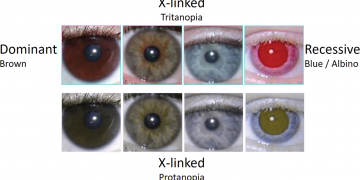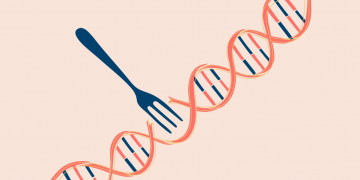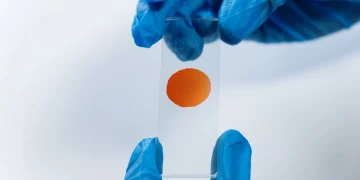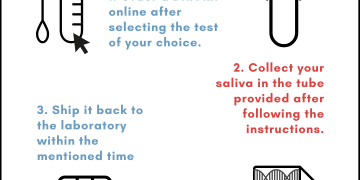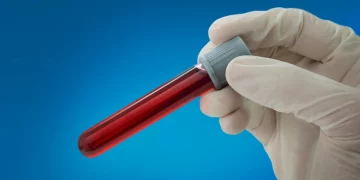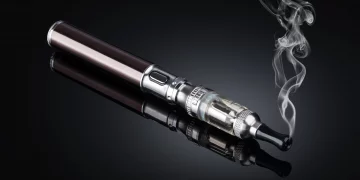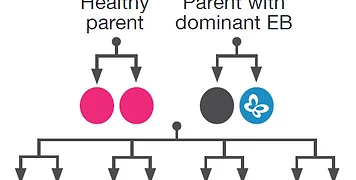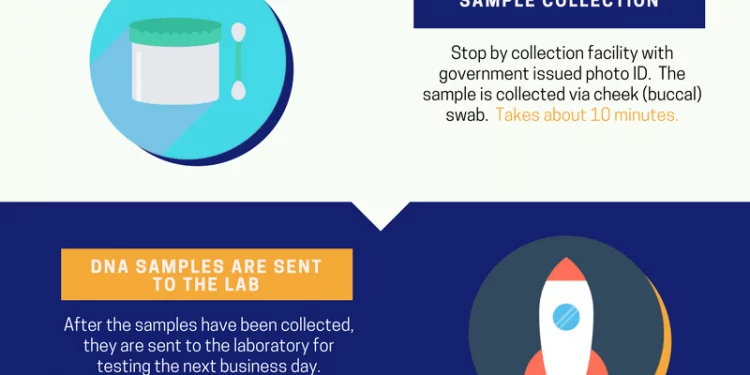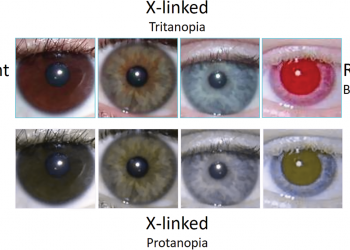There are several crucial considerations for anyone seeking a legal paternity test for legal reasons to ensure the findings are accepted in court. Court-ordered DNA testing is a severe matter, partly because it frequently provides crucial information about issues like child custody, child support, and inheritance. The paternity testing procedure is subject to stringent criteria because these questions must be answered with perfect certainty. A transparent chain of custody is one of these requirements, a crucial element that can affect the precision and dependability of DNA test findings.
Chain of Custody: What is it?
Chain of custody is a term used to describe the idea that the whereabouts of a specific test sample must always be known. Every step must be tracked from when the DNA sample is obtained until the findings are delivered. A neutral third party must also be appointed to collect the initial sample and ensure that no unauthorized individuals come into contact with it.
Why are Custody Chains Crucial in Paternity Tests?
Any DNA testing procedure must follow a strict chain of custody to guarantee that the results are accurate and unaltered. A transparent chain of command reduces the potential that a specific sample was changed or switched, giving all parties concerned the confidence that the outcomes are reliable.
The chain of custody determines if paternity test results are legitimate, and if there is any indication that the chain has been broken, the findings may be legally challenged. There are only a few situations where the presumption of fatherhood may be legally overturned once paternity has been proved, and each calls for solid proof. The ability of any impacted person to claim that the test findings cannot be adequately checked is one example of this evidence—proof that the chain of command was broken.
Challenges are only permitted if fraud, coercion, or a significant factual error exists. In exceptional circumstances, obtaining trustworthy DNA testing is an option for the parties concerned, and the chain of command is also crucial.
DNA Fingerprinting
A DNA paternity test’s so-called “genetic fingerprints” can assist in pinpointing a person’s particular DNA structures. Even under close inspection in courtrooms, the procedure is identical to comparable fingerprinting techniques, and the findings preserve the same accuracy.
Before deciding on custody, a paternity test’s results must be accepted by a court of law. Most paternity testing facilities will demand that the test subject present identifying documentation, such as a government-issued ID or photo ID, which must be presented at the time of specimen collection.
A competent laboratory or hospital must be used to conduct a DNA paternity test and ensure that the specimen collector does not influence the results.
Why DNA/Paternity Testing is Vital for Everyone Involved…
Independent paternity testing is lawful in the US and can be carried out without the mother’s knowledge or permission. However, Court Ordered Paternity Testing is typically requested by women in situations where purported dads refuse their legal and financial responsibilities under the pretext that they are unsure of their biological link with the kid. At the same time, we observe cases when the father in question orders DNA testing to win custody or visiting privileges. Some people request paternity testing to access the father’s medical records and learn about any potential genetic medical conditions.
The Chain of Custody Process:
The chain of custody for evidence collected by law enforcement often begins with a police officer. The officer:
Gathers the proof and puts it in a bag that can’t be tampered with.
Records all data about the gathering of evidence.
They proceed as follows:
The sample is either delivered to the lab professional or collected there by them.
Records every action performed on the sample, including who handled it, what was done to it, when it was done, and who did it.
Delivers the lab analysis’s findings
There should never be a situation where the whereabouts of the evidence or who was managing it is unclear.
The Value of the Chain of Custody
A legal or judicial environment requires a chain of custody. If the chain of custody was followed, there has been no tampering with the evidence or sample. An impartial third party must have gathered and examined the DNA in the lab.
As he obtains the DNA, he must follow the correct protocol, including documentation. This DNA would be defendable since he followed the proper chain of custody throughout. The judge would decide if the test findings were trustworthy and base his decision on them.
Continually Rely on Experts.
Be cautious in selecting a reputable facility for DNA test services if you want lab testing for legal reasons. You don’t want to risk having a court throw out your findings for failing to follow the proper chain of custody.
Contact DNA testing facilities if you’re interested in the safe and dependable steroid, DNA, alcohol, and drug testing. Whether a legal paternity test or a drug test, experts follow the chain of custody to ensure that your findings will be admissible in court.

